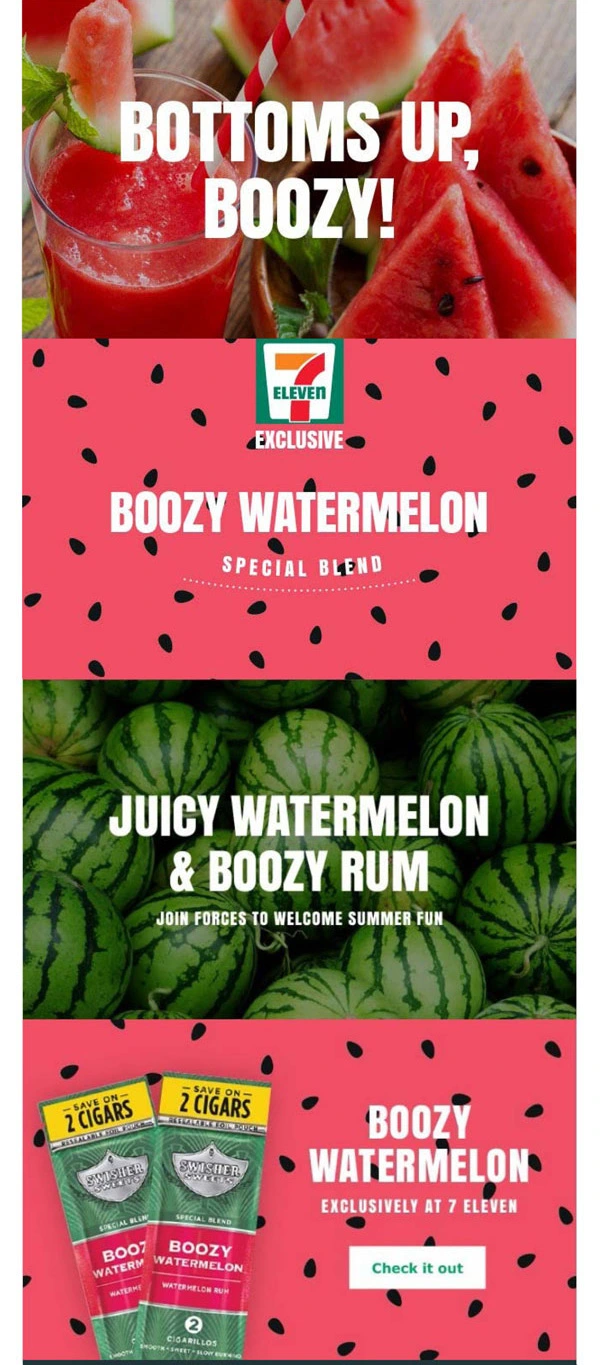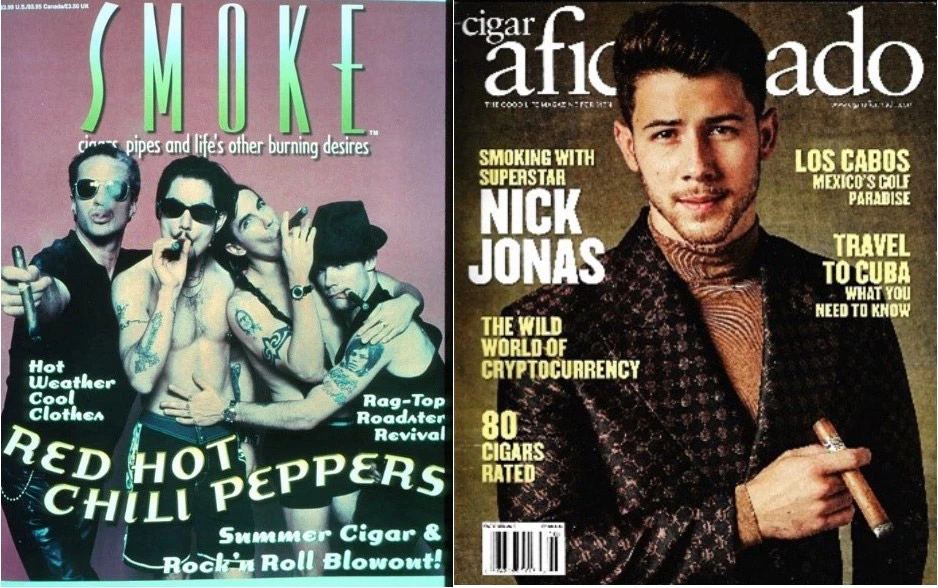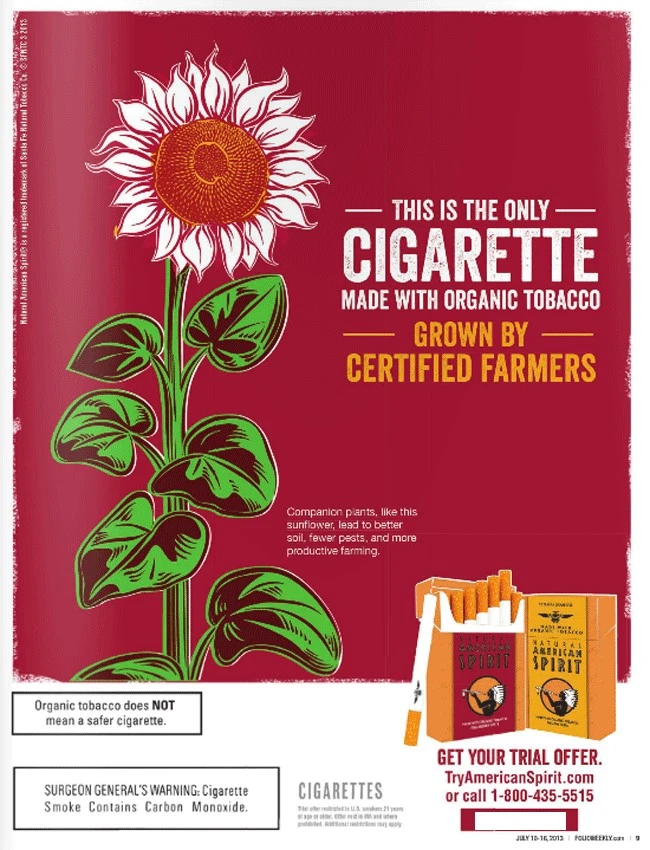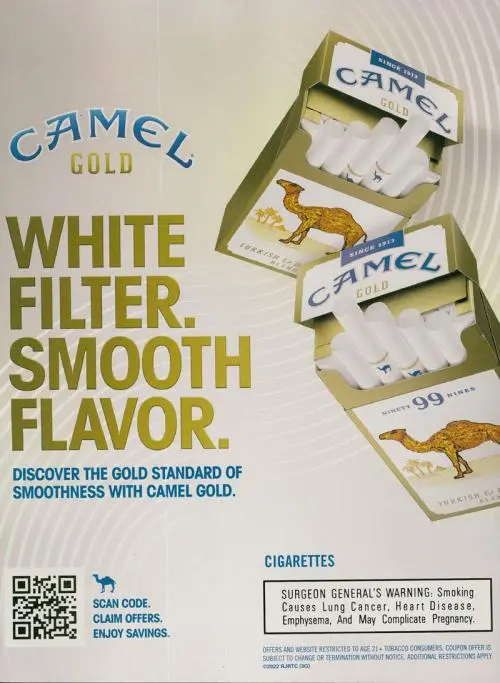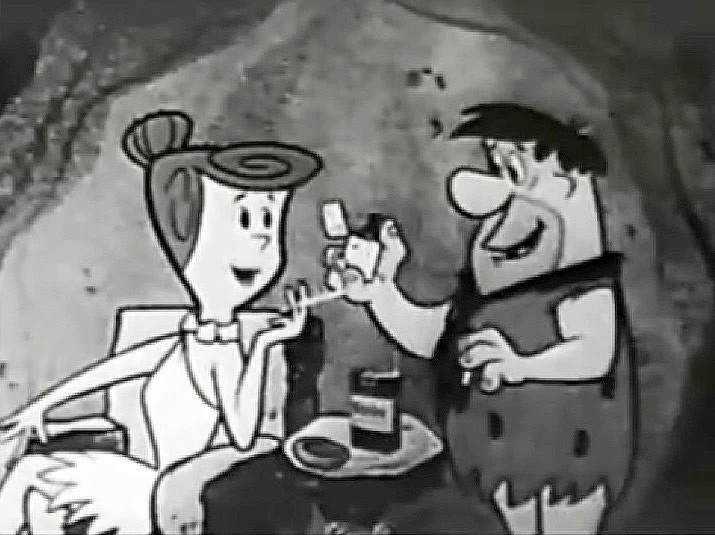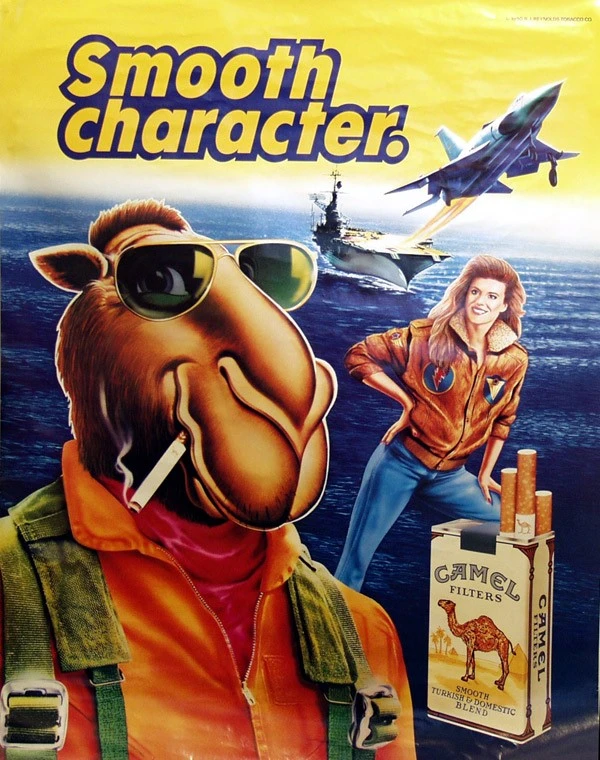Tobacco companies have decades of experience marketing their products to kids and teens. From ad campaigns to product placement to cartoon characters, Big Tobacco has spent big bucks on getting kids to start using tobacco products. These tactics are grossly deceptive and gloss over the fact that tobacco is the leading cause of preventable death in the United States. The truth is that the only way the tobacco industry can make up for the adults who die from tobacco-related disease is to have kids start smoking. Every day, more than 1,200 youth under age 18 will smoke their first cigarette and 60 kids and teens who had previously been occasional cigarette smokers become regular daily cigarette smokers.
Take a look at some of the devious schemes tobacco companies have used in the past and present to hook kids into a lifetime of addiction:
1. Marketing Candy- and Fruit-Flavored Products
Vanilla, cherry, chocolate, blueberry – even flavors from popular children’s cereals. The use of flavors in cigarettes with the glaring exception of menthol cigarettes, was prohibited in 2009, but flavored cigars, e-cigarettes and other tobacco products are still made and sold with candy and fruit flavorings. Individual states such as California and Massachusetts have ended the sale of flavored tobacco products, including menthol cigarettes.
2. Celebrity Endorsements
Famous names and well-known faces have a lot of influence and it's no surprise a kid might want to be just like their favorite rock star.
3. Misleading Health Claims
The tobacco industry has falsely promoted low harm versions of their products for decades. However, light, low tar or filtered cigarettes are not less dangerous. In fact, a federal judge convicted the major tobacco companies on racketeering charges in part because they lied to the public with their health claims. The truth is that the risk of dying from smoking has increased over the last 50 years at the same time that most smokers switched to these falsely advertised "healthier" cigarette types.
4. Smoking is Just a Game
The tobacco industry frequently uses sweepstakes and contests to get people hooked and keep the profits rolling in like this 2020 Camel Crush sweepstakes ad. However, smoking is anything but a game. It ultimately kills up to half of long-term users.
5. Coupons and QR Codes
The cost of cigarettes has a very significant effect on youth smoking. Price discounts are among the largest of the tobacco industry’s marketing expenditures. But even if they are practically giving them away now, the tobacco industry will recoup its money over the lifetime of kids newly addicted to their products – and once the QR code is scanned, the industry can contact people directly through their phones.
6. Ads Online and in Popular Magazines
Found in the April 2023 edition of Sports Illustrated
Big Tobacco pushes their message by placing ads—big ones—in magazines and publications that are popular with kids. The more exposure adolescents and teens have to tobacco advertising, the more likely they are to start smoking.
7. Product Placement on TV and in Movies
1962 Flintstones cartoon selling Winston's cigarettes
Saturday morning cartoons have been the staple of children across the U.S. for the past half century, but Big Tobacco has muddied even this innocent memory – placing their products in cartoons, normalizing their appearance to kids.
8. Cartoon Characters
"Smooth" cartoon characters such as Joe Camel were deployed to appeal to young audiences at an impressionable age. One 1991 study found Joe Camel was at least as well-known as Mickey Mouse among 3- to 6-year-olds. Cartoons became so effective at addicting kids to tobacco, they were prohibited as part of the historic tobacco Master Settlement Agreement 46 states and the District of Columbia reached with the five largest tobacco companies in 1998.
9. In-store Promotions
Tobacco advertisements and promotions are on display front, center and back in convenience stores, gas stations and other retail locations frequented by youth, including some retailers with pharmacies. It’s not a coincidence that the average height of these advertisements is at the eye level of youth. The vast majority of the industry’s marketing dollars are spent in retail stores.
10. Replacement Smokers
Calling youth their "replacement smokers," tobacco companies callously and aggressively advertise to youth, because they know they are killing their current customers. An infamous quote from one tobacco industry document gives insight on how they view recruitment:
"Younger adult smokers have been the critical factor in the growth and decline of every major brand and company over the last 50 years. They will continue to be just as important to brands/companies in the future for two simple reasons: The renewal of the market stems almost entirely from 18-year-old smokers. No more than 5 percent of smokers start after age 24. [And] the brand loyalty of 18-year-old smokers far outweighs any tendency to switch with age... Brands/companies which fail to attract their fair share of younger adult smokers face an uphill battle. They must achieve net switching gains every year to merely hold share... Younger adult smokers are the only source of replacement smokers... If younger adults turn away from smoking, the industry must decline, just as a population which does not give birth will eventually dwindle." February 29, 1984 RJR report, "Young Adult Smokers: Strategies and Opportunities". Bates No. 501928462-8550
Most images courtesy of TrinketsAndTrash.org and CounterTobacco.org
Page last updated: January 27, 2025

